Why am I Gaining Weight Despite Diet and Exercise? │ QA
If you’re careful with your nutrition, working out weekly, and still experiencing problems with your weight, take a moment to read this QA.


I’m a 23-year-old, 150lb, male triathlete that trains pretty heavily, about 20 hours on a normal week, and when in Ironman training it’s around 25+. I’ve read several books that cite vegetarianism as a good move for distance athletes, and I want to give it a try for a couple of months after my next race. How much protein do I need daily? I read some sources that state 60 grams daily, others state 140+.
– Chis C.

I am glad you are doing your research before embarking on your endeavor! Vegetarian athletes can meet their protein needs exclusively with plant foods*. Estimated daily protein needs for a 150-pound male triathlete that trains four hours five times a week are 1.7-2.0 grams/kg body weight. This equates to 116-136 grams protein per day.
Although it’s possible, you shouldn’t get all of that from one source. Protein quality matters – it’s important to consume adequate essential amino acids. Since plant proteins may be limited in one of those amino acids, eat a variety of grains, beans, legumes, and vegetables. Here is a sample vegan day with approximately 120 grams of protein and 3500 calories, divided into 3 meals and 3 snacks:
* Lacto-ovo vegetarians may include some milk, yogurt, and eggs.
Sources:
– Debbie J., MS, RD
This article should not replace any exercise program or restrictions, any dietary supplements or restrictions, or any other medical recommendations from your primary care physician. Before starting any exercise program or diet, make sure it is approved by your doctor.
Some questions have been edited for length and/or clarity.
 Have a nutrition question? Our registered dietitian is ready to help!
Have a nutrition question? Our registered dietitian is ready to help!
Email nutrition@lafitness.com or submit your question below and it may be featured in an upcoming article!
If you’re careful with your nutrition, working out weekly, and still experiencing problems with your weight, take a moment to read this QA.
Blood sugar control isn’t easy. These are Debbie’s top recommendations for how to address weight control with Type II Diabetes.
Does Intermittent Fasting give you enough time to pack the day's protein? Our registered dietitian helps clear up the confusion!


In my recent blood test, my triglycerides were borderline high. How do I get my triglycerides down to acceptable levels?
– Anthony C.

Triglycerides in the blood are basically free-floating fats that are not bound to cholesterol. A lab value showing hypertriglyceridemia is an indication of increased risk for stroke, heart attack, and heart disease, or maybe a sign of other medical conditions. Dietary factors that increase triglyceride levels include alcohol, excess carbohydrate, sugars, and calories.
Here are tips for lowering blood triglycerides:
Sources:
– Debbie J., MS, RD
This article should not replace any exercise program or restrictions, any dietary supplements or restrictions, or any other medical recommendations from your primary care physician. Before starting any exercise program or diet, make sure it is approved by your doctor.
Some questions have been edited for length and/or clarity.
 Have a nutrition question? Our registered dietitian is ready to help!
Have a nutrition question? Our registered dietitian is ready to help!
Email nutrition@lafitness.com or submit your question below and it may be featured in an upcoming article!
If you’re careful with your nutrition, working out weekly, and still experiencing problems with your weight, take a moment to read this QA.
Blood sugar control isn’t easy. These are Debbie’s top recommendations for how to address weight control with Type II Diabetes.
Does Intermittent Fasting give you enough time to pack the day's protein? Our registered dietitian helps clear up the confusion!
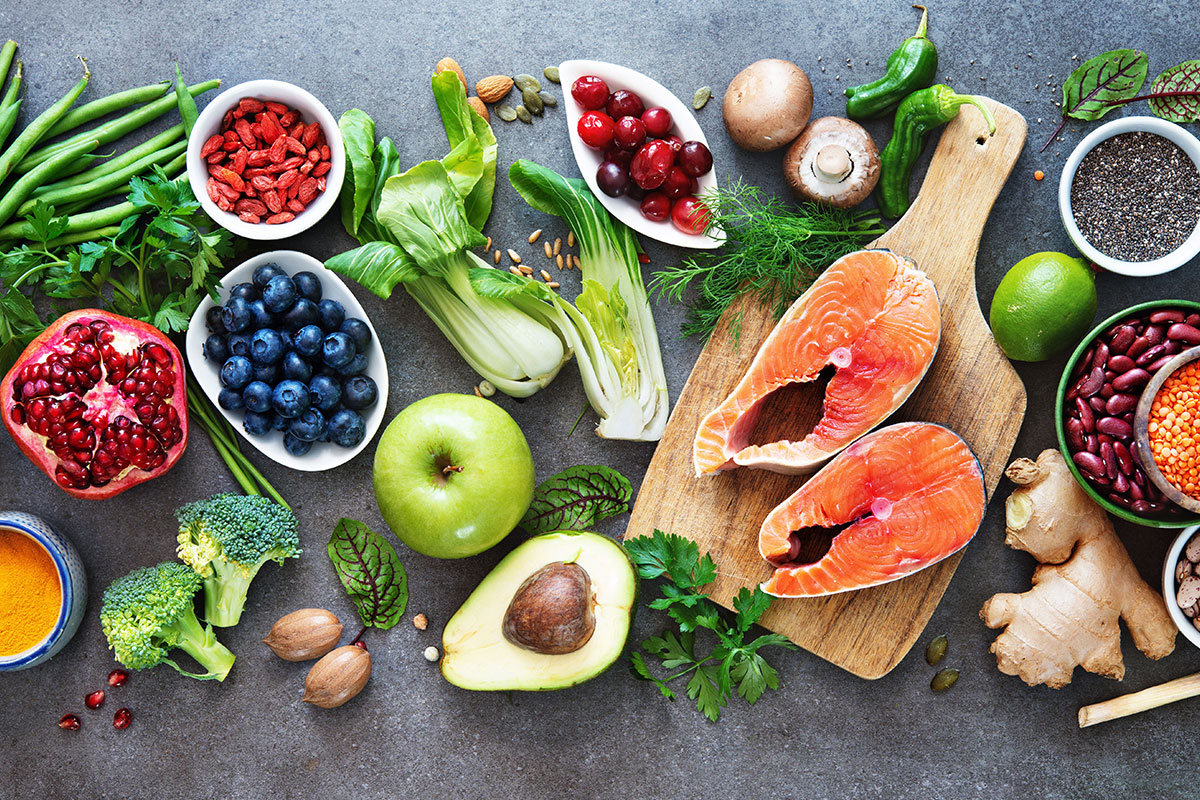

Hi, my name is Allison and I joined LA Fitness this summer. My very basic question is, what ARE the nutrient needs of a basic adult? (I’m female, 5’4″, 135 lbs. and trying to shed 5 -10 lbs., work out 3-4x/ week and walk on off days). I just want to know what the basic categories of things are a person needs. I’ve heard about nutrients being macros (fat protein carb) and micro (vitamins and minerals) but I’ve also heard nutritionists online say to get fiber and leafy greens and antioxidants and others say lots of veggies and lean meat – and I know they’re all related and many of them overlap- so I guess I’m just confused about what to seek out in my diet. Thank you SO much.
– Allison T.

Allison, based on your anthropometrics and level of exercise your daily nutrient needs may fall into the following ranges (provided for a 30-year-old woman):
Please see the Institute of Medicine’s Dietary Reference Intake tables for vitamins and minerals for your intake targets of 29 micronutrients. Antioxidant action is an important function of certain micronutrients and phytochemicals (beneficial compounds found in plants), so we call those antioxidants.
As far as basic nutrients, you just need to add one thing to your list of fat, protein, carbohydrate, vitamins, and minerals – water! It is a macronutrient since we need such large volumes of it. Since it doesn’t provide calories, water is not often regarded the same as the 3 energy-yielding macronutrients. Exact requirements are not specified by the Institute of Medicine’s Food and Nutrition Board, but the adequate intake of water is 3.7 liters per day for men and 2.7 liters per day for women, including beverages and water derived from solid food.
You can look at nutrient numbers specifically now and then, but to ease the confusion just focus on your dietary habits and overall consumption to obtain sources of those nutrients. What you should seek out in your diet are plant-based protein sources, raw produce of every color, the most wholesome grains, the leanest animal foods, and unsweetened beverages… in amounts that just satisfy you. Those recommendations can be suited to every culture and worldly food belief. Sounds a lot simpler to me!
– Debbie J., MS, RD
This article should not replace any exercise program or restrictions, any dietary supplements or restrictions, or any other medical recommendations from your primary care physician. Before starting any exercise program or diet, make sure it is approved by your doctor.
Some questions have been edited for length and/or clarity.
 Have a nutrition question? Our registered dietitian is ready to help!
Have a nutrition question? Our registered dietitian is ready to help!
Email nutrition@lafitness.com or submit your question below and it may be featured in an upcoming article!
If you’re careful with your nutrition, working out weekly, and still experiencing problems with your weight, take a moment to read this QA.
Blood sugar control isn’t easy. These are Debbie’s top recommendations for how to address weight control with Type II Diabetes.
Does Intermittent Fasting give you enough time to pack the day's protein? Our registered dietitian helps clear up the confusion!
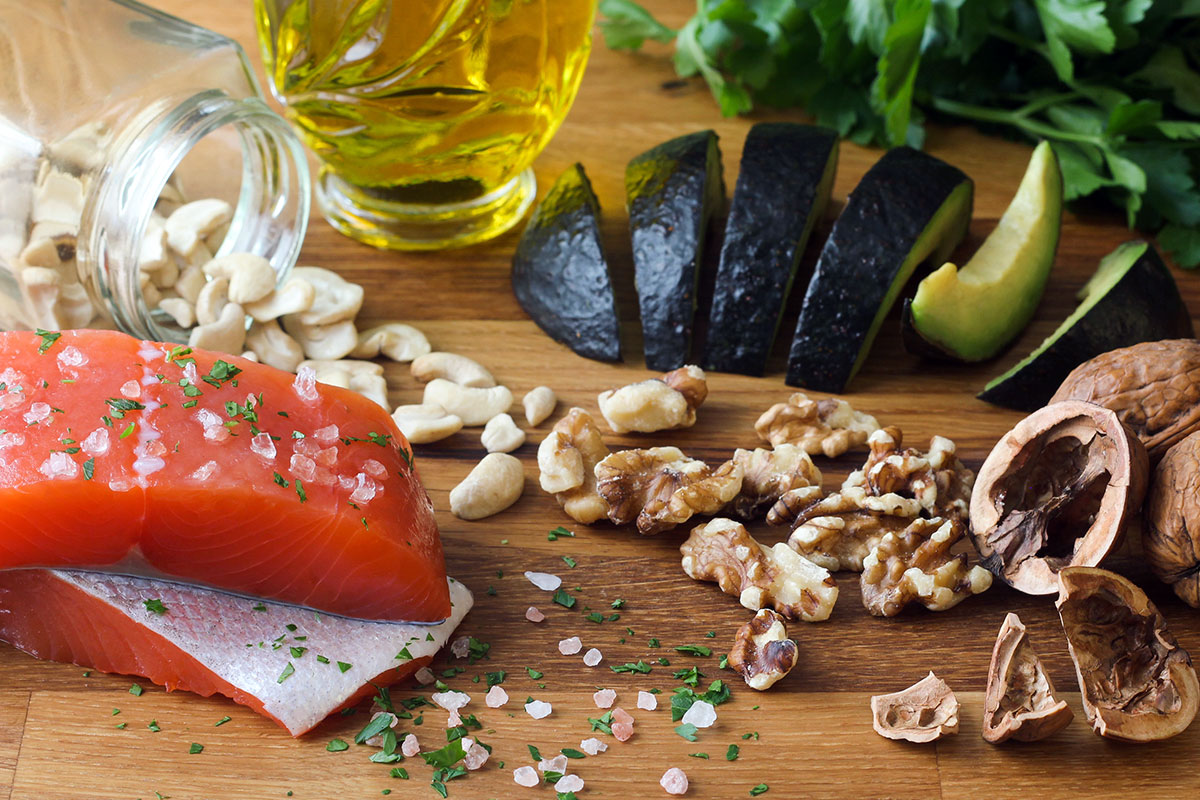

Hello. Both of my cholesterols are borderline, and my doctor and I agreed not to start on any medication. Instead, a low-carb, low-fat diet is what I’m looking forward to doing. What should I look for in food labels? Fat grams? Total fat? Carbs? Trans fat? There’s so much info. I’m confused. How much do I need of what? Thanks.
– Patricia D.

Hi Patricia! Exact nutrition targets would depend on your full lipid profile, so you should consider taking your lab results to a Registered Dietitian Nutritionist for a personalized prescription. You’re right that there is so much information – because it is such a complex situation with multiple factors. While I can’t clarify how much YOU need, I can explain which fats and carbs impact each lipid, and what are the major sources of those macronutrients.
TOTAL FAT – The daily reference value for total fat in a 2,000-calorie diet is 65 grams per day, representing a limit of 30% calories. Major sources are fried foods, animal products including dairy products, nuts, seeds, avocados, and olives. Oils and butter and pure fat. Some desserts and condiments are nearly all fat calories.
SATURATED FAT – The daily reference value for saturated fat in a 2,000-calorie diet is 20 grams, representing a limit of 10% calories. Saturated fat is the type which is solid at room temperature. Mainly from animal sources, palm and coconut. Major sources include cheese, butter, cream, ground beef, bacon, fatty cuts of meat and foods fried in lard or sautéed in butter.
TRANS FAT – Created during the hydrogenation of vegetable oils, this very harmful fat is found primarily in processed foods and animal products. No known safe amount. In 2015 the FDA stated, “…there is no longer a consensus among qualified experts that partially hydrogenated oils, which are the primary dietary source of industrially-produced trans fatty acids are generally recognized as safe (GRAS) for any use in human food.”
UNSATURATED FAT – Monounsaturated and polyunsaturated fats are liquid at room temperature and are predominantly found in plant foods. Avocados, olives, vegetable oils, nuts, and seeds are major sources.
OMEGA-3 FAT – A particular kind of polyunsaturated fat that is predominantly from mackerel, herring, tuna, salmon and trout. Notable sources include other fish and seafood, walnuts, flaxseed, and canola oil.
FIBER – The daily reference value for dietary fiber in a 2,000 calorie diet is 25 grams, representing a minimum of 1.5 grams per 100 calories. Soluble fibers are the type that directly help to reduce cholesterol. Major sources include oats, beans, peas, lentils, apples, pears, barley, and prunes.
REFINED CARBOHYDRATES – Albeit from natural sources, white flour and added sugars are not the same as their wholesome counterparts. Refined carbs include pastries, many cereals, flour tortillas, breading on fried foods, regular pasta, pretzels, and the ingredient maltodextrin. Added sugars should comprise no more than 10% calories according to the 2015 Dietary Guidelines for Americans. Added sugars can come from sugars (any kind; usually end in “ose”), syrups, glazes, honey, fruit juice concentrate, and molasses in products such as candy, desserts, soft drinks, and sweetened cereals.
ALCOHOL – A moderate consumption of ethanol-containing beverages means 1 drink per day for men and no more than 2 drinks per day for women. A serving size depends on the beverage’s alcohol percentage: 1.5 oz liquor (80 proof = 40% alcohol); 5 oz wine (12% alcohol); 12 fl oz beer (5% alcohol).
Sources:
American Heart Association
Web MD
Mayo Clinic
– Debbie J., MS, RD
This article should not replace any exercise program or restrictions, any dietary supplements or restrictions, or any other medical recommendations from your primary care physician. Before starting any exercise program or diet, make sure it is approved by your doctor.
Some questions have been edited for length and/or clarity.
 Have a nutrition question? Our registered dietitian is ready to help!
Have a nutrition question? Our registered dietitian is ready to help!
Email nutrition@lafitness.com or submit your question below and it may be featured in an upcoming article!
If you’re careful with your nutrition, working out weekly, and still experiencing problems with your weight, take a moment to read this QA.
Blood sugar control isn’t easy. These are Debbie’s top recommendations for how to address weight control with Type II Diabetes.
Does Intermittent Fasting give you enough time to pack the day's protein? Our registered dietitian helps clear up the confusion!
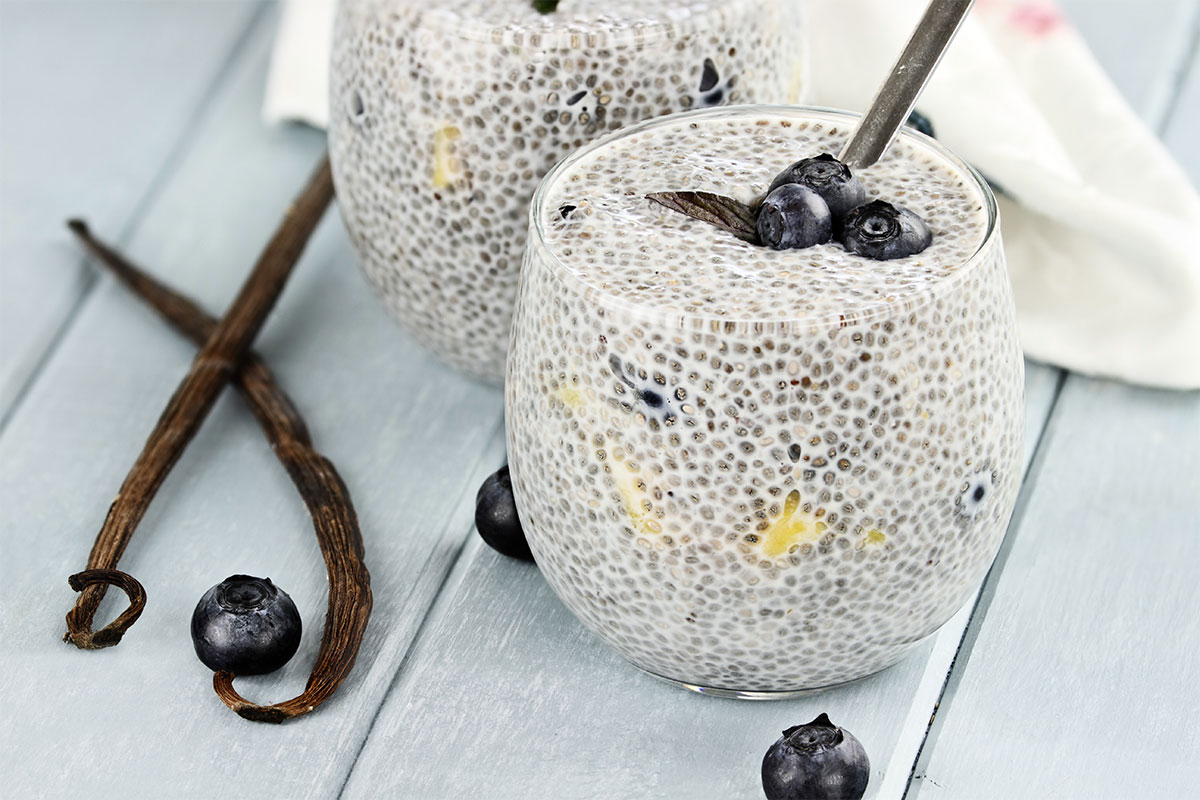

My question is about breakfast for vegans. I’m avoiding carbs, grains, gluten. I don’t eat bread, pasta, grains. What would you recommend for breakfast?
– Siposs V.

Think outside the breakfast box when it comes to morning meals with selective ingredients! You can adapt traditional breakfast foods by substituting for the grains or transform meals otherwise considered for lunch/dinner.
Some tasty options for a vegan grain-free breakfast include:
– Debbie J., MS, RD




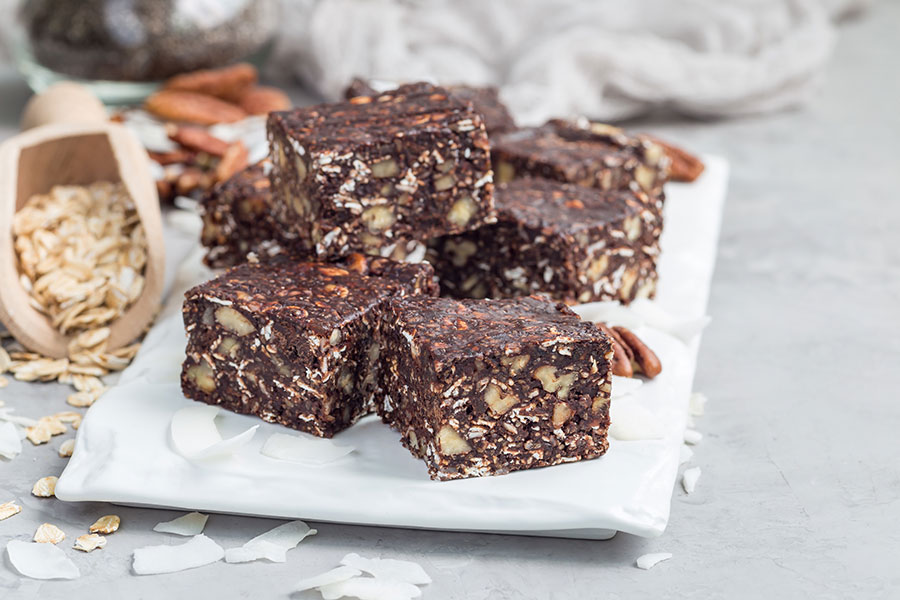
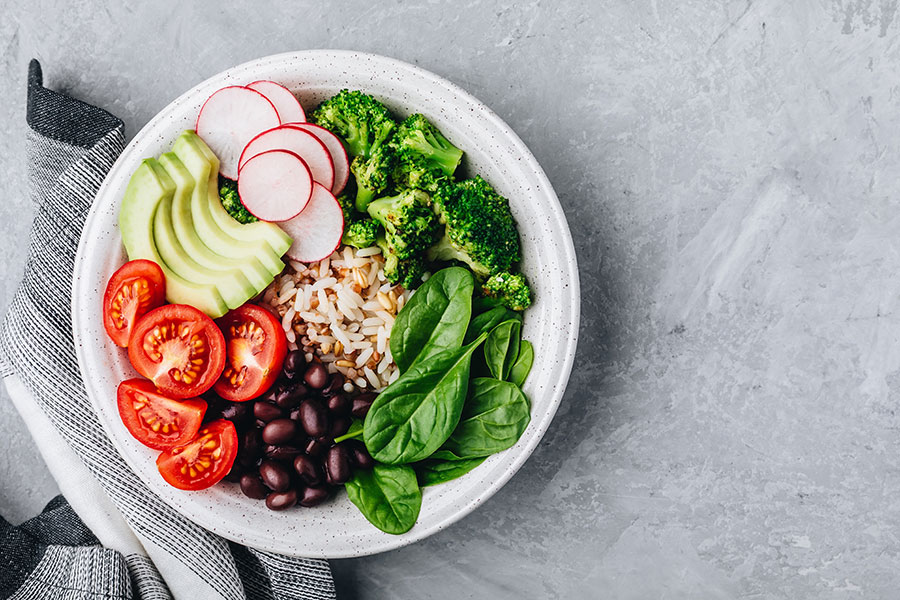
This article should not replace any exercise program or restrictions, any dietary supplements or restrictions, or any other medical recommendations from your primary care physician. Before starting any exercise program or diet, make sure it is approved by your doctor.
Some questions have been edited for length and/or clarity.
 Have a nutrition question? Our registered dietitian is ready to help!
Have a nutrition question? Our registered dietitian is ready to help!
Email nutrition@lafitness.com or submit your question below and it may be featured in an upcoming article!
If you’re careful with your nutrition, working out weekly, and still experiencing problems with your weight, take a moment to read this QA.
Blood sugar control isn’t easy. These are Debbie’s top recommendations for how to address weight control with Type II Diabetes.
Does Intermittent Fasting give you enough time to pack the day's protein? Our registered dietitian helps clear up the confusion!
Be the first to know about exclusive
content, deals and promotions